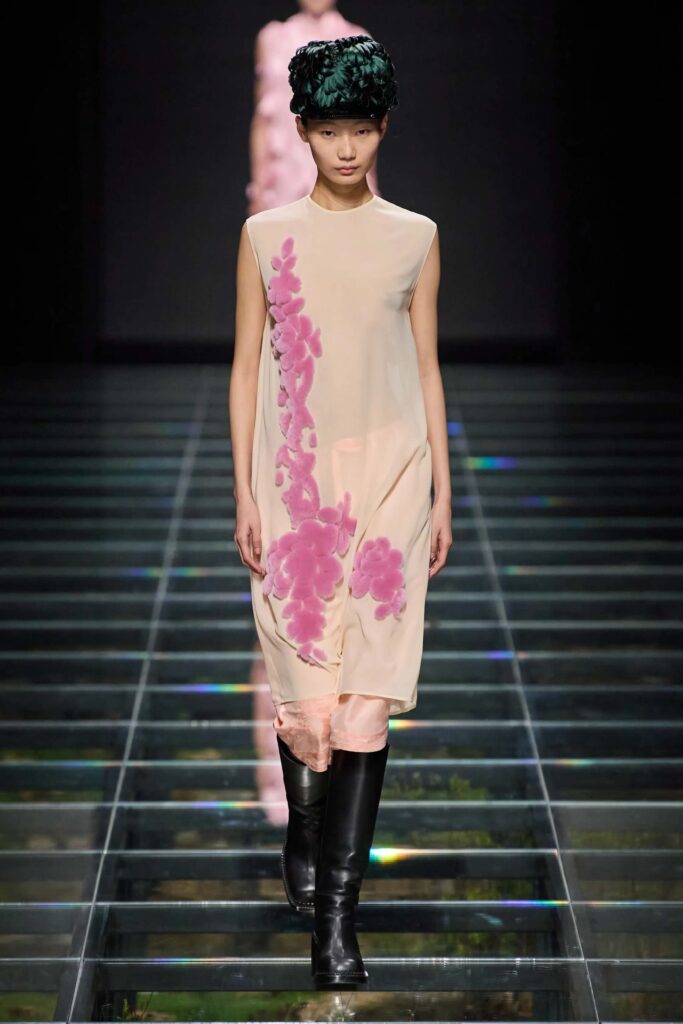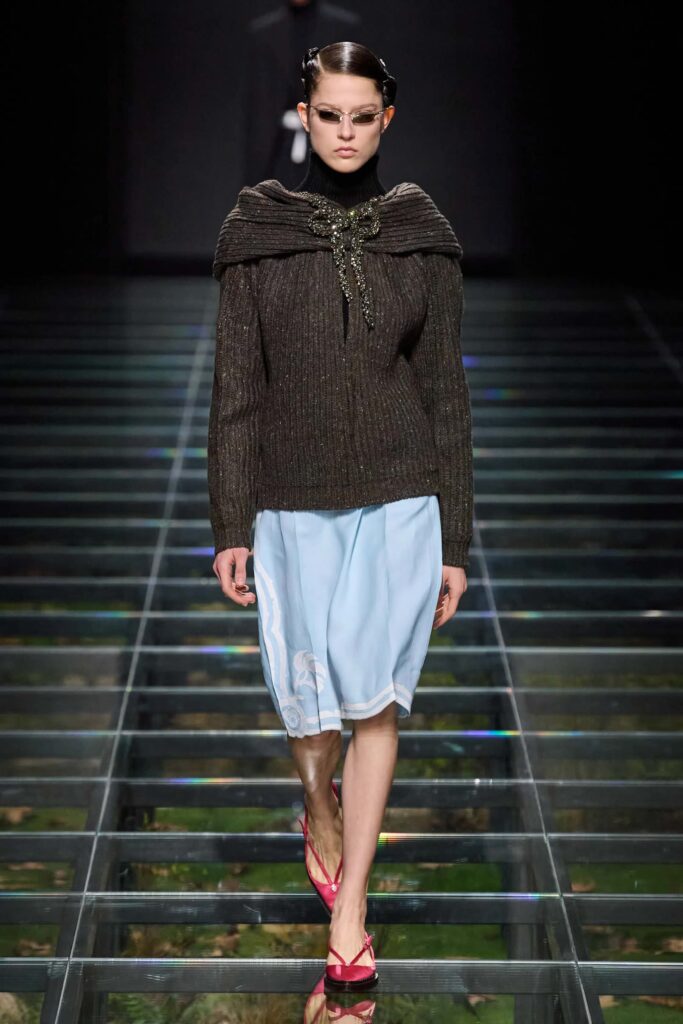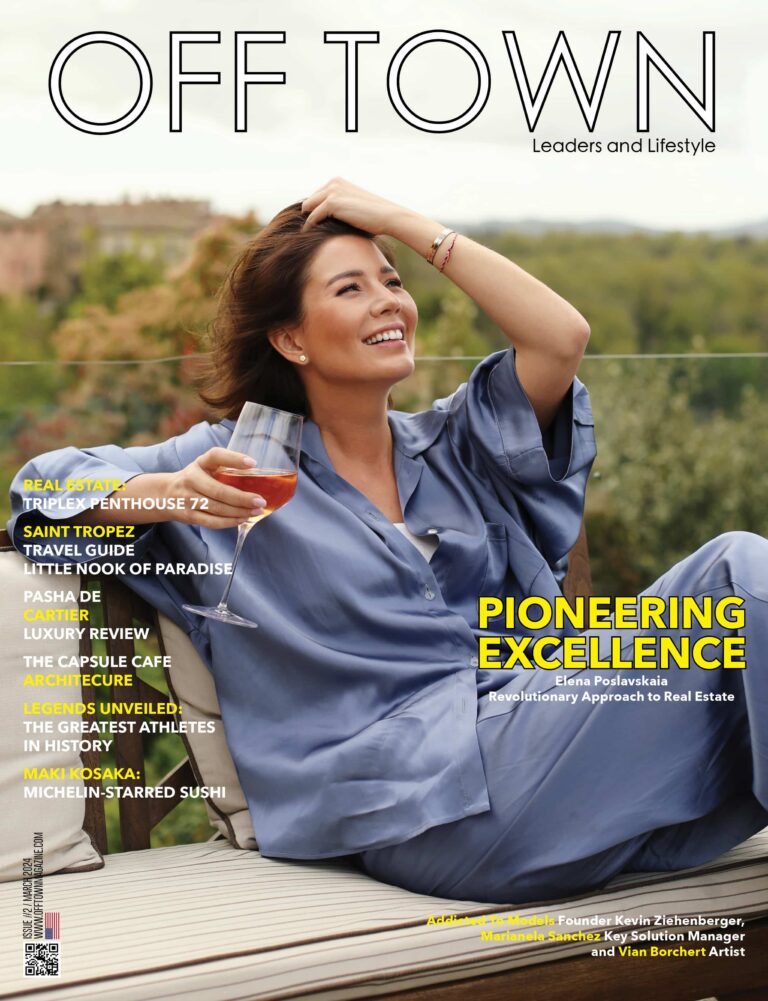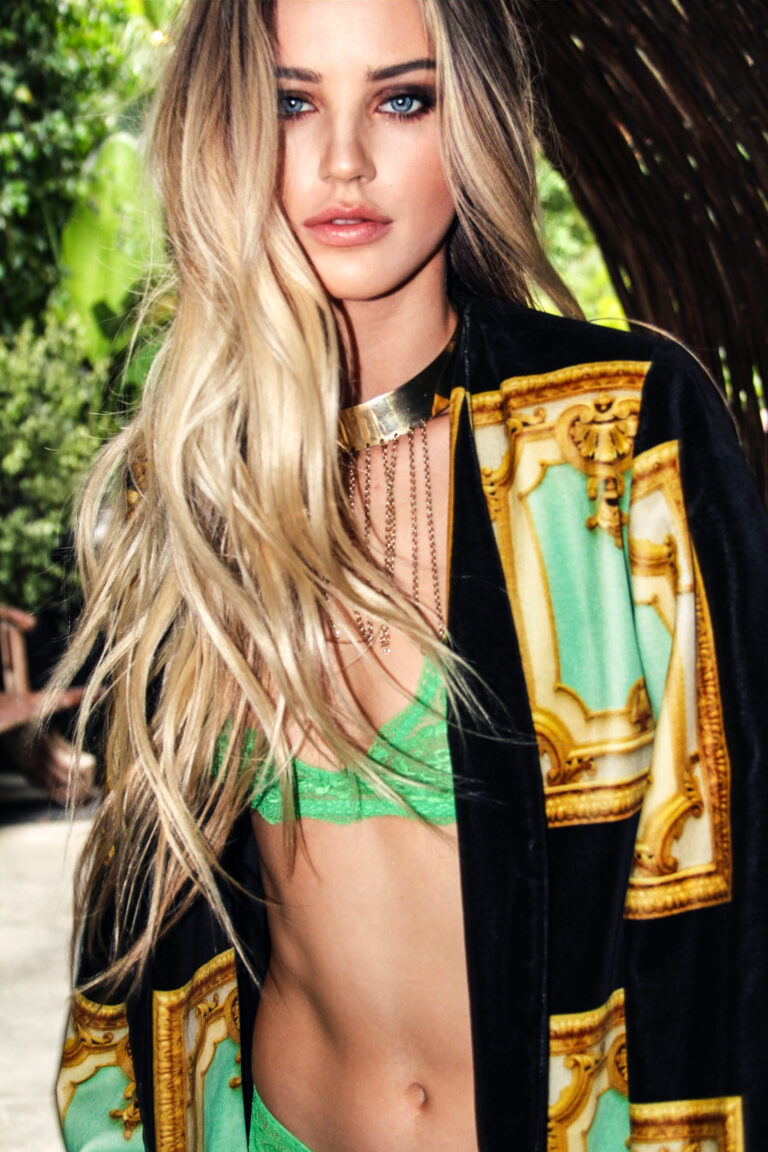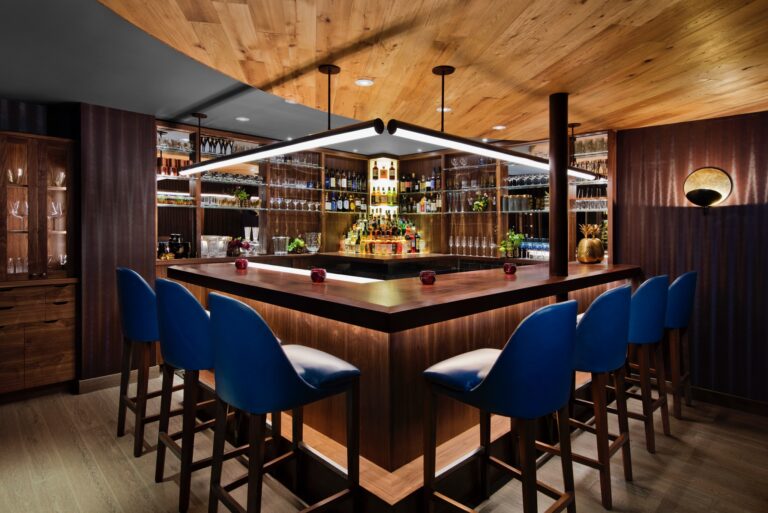In the portrait of Miuccia Prada in the March issue of this magazine, her co-creative director Raf Simons exposes the intricate process behind her creations. “Anything can serve as a starting point whether loved or hated, seen as silly, funny, sad, stupid or political.” In this particular season, the central element was the bow.
The first outfit that paraded featured a deep black adorned with numerous bows. Later, versions in pink and purple tones appeared, expanding the palette of colors and designs related to bows. These bows were incorporated in unexpected ways, such as in skirts that combined the robustness of tweed on the front with the sophistication of embroidered silk on the back, creating an apron-like visual effect on the main garment. This experimentation with reversible constructions stood out as a distinctive aspect of the collection, challenging conventions and stimulating the viewer’s imagination.
The use of bows in fashion has sparked online debates recently, linked both to their saturation on the runways and their adoption by the TikTok generation as a youthful expression and a way to resist adult expectations. In her profile in Vogue, Miuc-cia Prada reflects on her own identity, facing the daily dilemma of feeling like a teenager or an old woman. In their latest co-Ilection, Prada and Simons explore the past as a response to the present and uncertain future. Fashion merges with nostalgia, with garments that evoke different eras: from letterman jackets to girls’ sets with a geometric touch and vintage cocktail dresses.
The reinterpretation of these classic elements with high-per-formance technical fabrics adds a touch of freshness and desire, while the choice of old-fashioned bags and gestures suggests a sense of resistance in the face of the digital age. This mix of old and new, familiar and political, feels timely and powerful in the
current context.
Although Prada’s creativity has always been sharp and insigh-tful, the question arose as to whether there were any political overtones to this approach to recovery. In backstage conversa-tions, the designers explored themes such as romance, love and emotions, as well as the importance of story. “This collection is steeped in history. It’s not nostalgia, it’s understanding.” This statement underlined the intention behind the collection: not
just to evoke the past, but to understand and learn from it to inform the present and future of fashion interpreted as a gesture of independence and resistance within the fashion industry.
McQueen’s signature details were present in McGiri’s collection, with beaded pantsuits and loose tailored coats. However, the initial impression was that there was less showmanship compared to McQueen’s red carpet, with a greater presence of clothes more oriented towards street and club fashion, a direction that had not been explored as much before McGirr’s arrival. One of the telling details was the heavy boots lined with horse hooves, a direct reference to his Dublin Irish heritage and the equestrian travelers from his hometown who inspired him.
Another significant detail was the final moment of the parade, when the song “Orinoco Flow (Sail Away)” by Enya played, McGirr managed to generate laughter and enthusiasm among those present, even with a spontaneous guest singing along to the music. This spontaneous and humorous gesture could be interpreted as a hint of the lighter, more accessible direction McGirr might be seeking for the brand.collection

